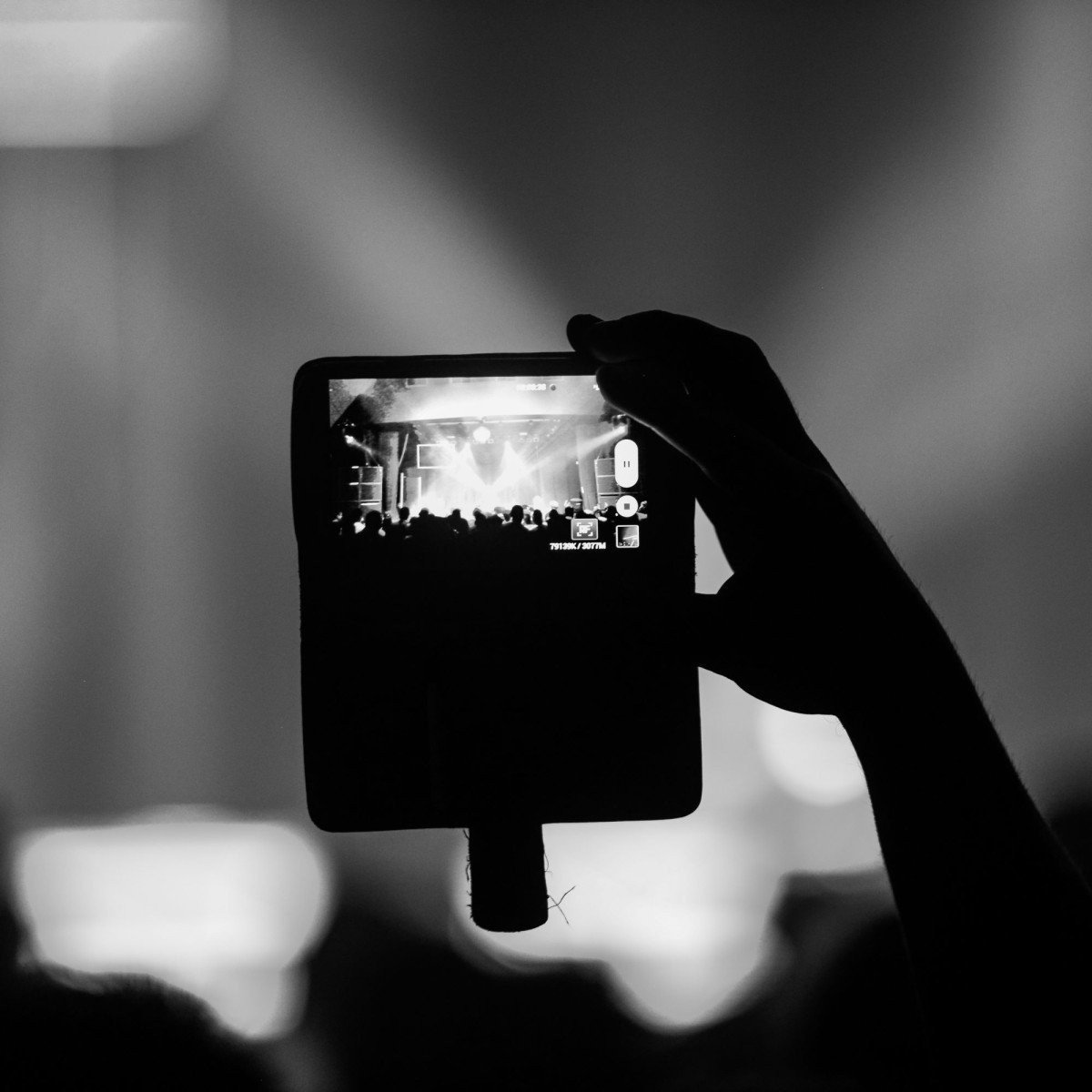It was the summer of 2005, when I was on a road trip in Yosemite with an old Nikon camera, yearning to capture the magic surrounding me. One evening, as the sun began to bow down, casting an intense glow, I aimed my camera at El Capitan. The colors were breathtaking! Despite my excitement, the images turned out to be dull and uninspiring. Ever had a similar experience?
What if I told you around 70% of photography is all about understanding light and its nuances. Surprised? Well, it’s true and often overlooked. Lighting sets the mood and defines the narrative of your photos.
Lighting: The Unsung Hero of Photography
Adding different lighting patterns into your photographs isn’t just about illumination — it’s like painting with light. It can transform an everyday subject into a masterpiece. ‘How?’ you might ask. Let’s get you illuminated.
‘Oh, look at that,’ your buddy points out during your Sunday photo expedition, ‘that’d make a great shot.’
You frame it up, but something’s not quite right. It looks flat, monotonous. Then, you tweak the light, playing around with its direction, softness, and intensity. Bang! Suddenly, the image springs to life.
Intricate play of light and shadows can add an enigmatic depth to your photos. Remember, black white photography? Yes, it’s the quintessential example of how light and darkness can coalesce to create breathtaking art.
Unearthing the Art of Lighting Techniques
So how can you manipulate light to your advantage? Hold onto your shutter buttons, because we’re about to light up your world with some critical techniques that every photographer should have in their repertoire.
Understanding Natural vs. Artificial Lighting
First up, let’s talk about the duelling duo: natural and artificial lighting. Natural light, aka sunlight, is a free, versatile tool that can create a variety of moods depending on the time of day. On the contrary, artificial light sources like flash or studio lights are under your control and can be tweaked to your heart’s content.
‘But hold on a second!’ you exclaim. ‘If I can control all aspects of an artificial light source, why not stick to that?’
Excellent point! But remember, the beauty of photography lies in its unpredictability. The unexpected shadows cast by a rising sun or the golden hue during the magic hour – those are the moments that turn good photos into extraordinary ones.
The Play of Shadows and Contrast
Now, let’s delve into a technique that is especially crucial in black and white photography: playing with shadows and contrast. When you purposefully add contrast and shadows you allow the subject to pop out, elevating the ordinary to the extraordinary. Remember, what lies between light and darkness is your canvas, paint it with care.
Translating Moods with Color Temperature
Ever noticed how morning light has a soft, warm glow while midday light is harsh and throws stark shadows? This is due to color temperature. Understanding it can help you set the right mood and atmosphere in your photos. Think warm colors for intimate and cozy feelings, cold colors for a chilling thriller vibe.
Revealing Texture and Details
Determining the direction of light is another indispensable technique to master. Side lighting, for instance, accentuates textures and brings out minute details, perfect for still life or portrait photography.
‘Alright, that’s quite a lot to take in,’ you sigh as you lean back, eyeing your camera. No worries, learning is a journey that takes one scenic route at a time.
Photography lighting is part science, part art. It demands patience, exploration, and risk-taking. Remember my disappointing shots of El Capitan? It wasn’t the fault of the breathtaking vista, but my ignorance. That ignited my quest to master the art of lighting in photography. What is your turning point going to be?
Happy shooting!


0 Comment